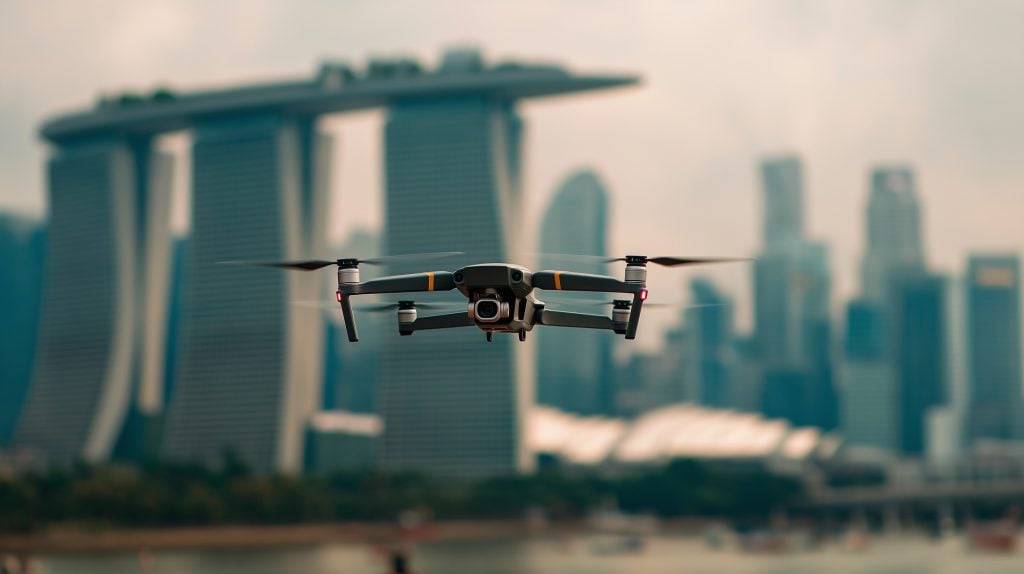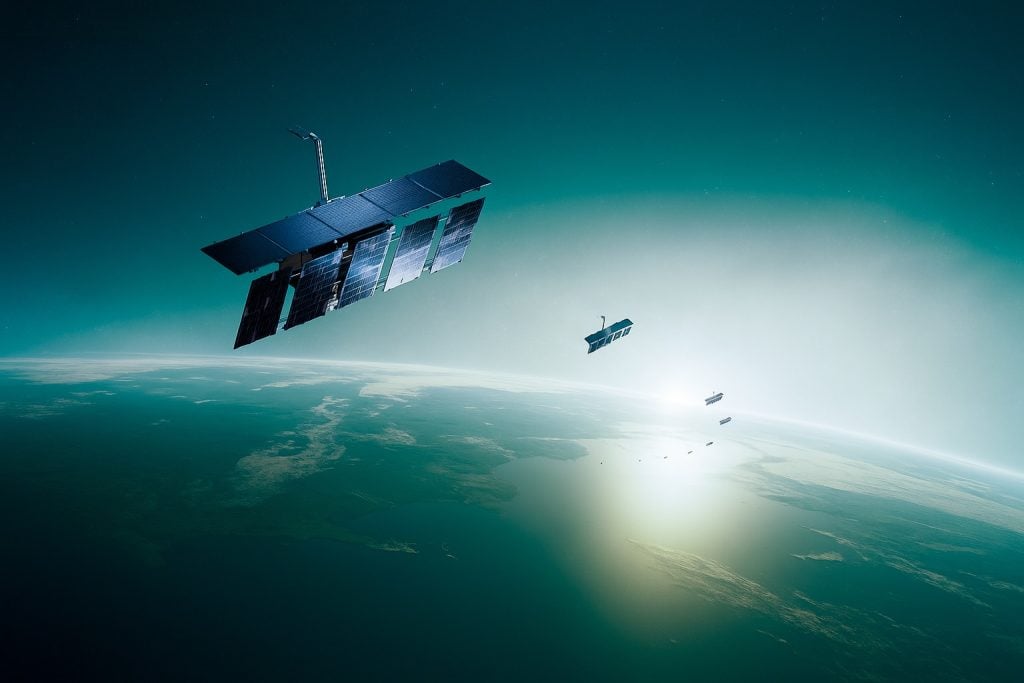- On 23 June 2025, Iran’s Ministry of Communications warned that owning or installing a Starlink terminal is a punishable offense and asked the ITU to compel SpaceX to deactivate unauthorized devices inside Iran.
- Following Israel’s Operation Rising Lion on 13 June, Iran’s internet blackout peaked with connectivity falling by 97 percent.
- In 2021 Iran filed its first Starlink complaint at the ITU, launching the dispute over SpaceX’s operation.
- In October 2023 the ITU Radio Regulations Board ruled in Iran’s favor and ordered Starlink to obey Iranian licensing laws.
- In March 2024 the ITU RRB reiterated the demand after objections from the United States and Norway, telling both states to immediately disable rogue terminals.
- In April 2025 the ITU issued a clarifying decision stating Starlink must identify and deactivate illicit dishes in Iran.
- Barely 24 hours after Tehran cut domestic networks, Elon Musk posted “The beams are on” on X, and Starlink coverage over Iran was re-enabled on 14 June 2025, with an estimated 20,000 dishes inside Iran smuggled from Iraq’s Kurdistan region, Turkey, and the Gulf.
- On Telegram-based gray markets, Starlink kits fetch $700–$2,000 while the U.S. retail price is about $250, and about 20,000 dishes serve roughly 100,000 users due to shared links, with 22 dishes seized in a November 2023 raid.
- Amir Rashidi, director of digital rights & security at the Miaan Group, said today’s restrictions are “the worst Iran has ever seen” and that the regime is militarising the internet.
- Parliament is fast-tracking amendments to classify illegal satellite gear as “tools of espionage,” signaling harsher penalties and possible door-to-door rooftop inspections.
Iran’s attempt to criminalize Starlink use is colliding head-on with an underground network that is bigger, richer, and more technologically agile than the regime anticipated. Unless SpaceX bows to the ITU—or Iran finds a reliable way to geolocate and seize every dish—satellite internet will continue to poke holes in the Islamic Republic’s digital iron curtain.
1. Tehran’s Latest Threat
Iran’s Ministry of Communications warned on 23 June 2025 that owning or installing a Starlink terminal is a punishable offense. The ministry simultaneously asked the International Telecommunication Union (ITU) to compel SpaceX to “deactivate unauthorized devices” operating inside the country [1].
Officials framed Starlink as a national-security risk, claiming the network could be used to guide Israeli or U.S. strikes. The statement follows weeks of near-total internet shutdowns imposed after Israel’s Operation Rising Lion air-campaign on 13 June. Connectivity fell by 97 percent at the blackout’s peak, according to web-monitoring firms [2].
2. Inside the Legal Knife-Fight at the ITU
| Year | Key move | Result |
|---|---|---|
| 2021 | Iran files first Starlink complaint at ITU | Opens “landing-rights” dossier |
| Oct 2023 | ITU Radio Regulations Board (RRB) rules in Iran’s favor | Orders Starlink to obey Iranian licensing laws |
| Mar 2024 | RRB reiterates demand after U.S. & Norway object | Tells both states to “immediately disable” rogue terminals [3] |
| Apr 2025 | ITU issues clarifying decision | Says Starlink must identify & deactivate illicit dishes in Iran [4] |
In its April ruling the RRB rejected a joint FCC–State-Department letter that deactivation was “beyond the mandate and mission of the ITU.” The board replied that the dispute is not about border policing but about enforcing spectrum regulations inside Iranian territory [5].
SpaceX has not commented publicly on the order. Satellite-policy analysts say enforcing it would be technically feasible but politically fraught because it requires geofencing every user terminal on earth.
3. Musk Flips the Switch: “The Beams Are On”
Barely 24 hours after Tehran pulled the plug on domestic networks, Elon Musk declared on X: “The beams are on.” [6] Starlink coverage over Iran was re-enabled on 14 June, providing an instant lifeline for anyone already in possession of a terminal.
Indian and Israeli tech outlets report that an estimated 20,000 dishes were already inside Iran’s borders—smuggled in from Iraq’s Kurdistan region, Turkey, and the Gulf—so Musk’s remote command lit up thousands of rooftop receivers at once [7].
4. A Booming Black Market for Bandwidth
- Prices: $700–$2,000 per kit on Telegram-based gray markets (retail U.S. price ≈ $250).
- Subscribers: Roughly 20 k dishes ≈ 100 k users, because many families share one link. Forbes first documented the market’s explosive growth in Dec 2024 [8].
- Risks: Possession can bring espionage charges; security forces seized 22 dishes in a single November 2023 raid, Iranian media reported.
One Tehran-based reseller told TS2 Tech that demand “skyrocketed” this month: “I sold more terminals in three days of war than in the previous three months.” [9]
5. Voices From the Ground
- Amir Rashidi, director of digital rights & security at the Miaan Group, says today’s restrictions are “the worst Iran has ever seen” and amount to the regime “militarising the internet.” [10]
- The ITU, in its April communiqué, stressed that ensuring legal compliance is Starlink’s responsibility, adding that “identification and deactivation of unauthorized terminals” is part of spectrum stewardship [11].
- Musk’s own three-word tweet — “The beams are on” — became a rallying cry for Iranian netizens sharing screenshots of restored connectivity [12].
6. Economic & Strategic Stakes
- $773 million: Additional cost to Iran’s economy from shutdowns in 2024 alone, per VPN-analytics firm TOP10VPN [13].
- Cyber-warfare edge: Unfiltered Starlink traffic hinders Tehran’s ability to monitor dissent or hide battlefield losses, Western intelligence officials told WANA after Israel’s June strikes [14].
- Precedent: India, Brazil, and South Africa have all cited the Iran case while demanding local licensing of Starlink, worried about “sovereignty bypass.” [15]
7. What Happens Next?
- Regime response: Expect harsher penalties and door-to-door rooftop inspections. Parliament is fast-tracking amendments that could classify illegal satellite gear as “tools of espionage.”
- Technical tug-of-war: SpaceX could theoretically soft-block Iranian GPS coordinates, but that would weaken its “internet-in-a-box” brand in other crisis zones.
- ITU pressure: The RRB meets again in October 2025. Diplomats say Iran will push for formal sanctions if Starlink remains non-compliant.
- Activist tactics: Smugglers are already routing new dishes through Azerbaijan and Armenia to evade heightened checks at Iraqi crossings, according to local freight brokers contacted by TS2 Tech.
Reporting compiled from The Jerusalem Post, WANA News, Times of Israel, Times of India, TS2 Tech, Reuters, and Forbes, plus ITU documents and open-source network-traffic data.
References
1. www.jpost.com, 2. en.wikipedia.org, 3. www.spaceintelreport.com, 4. wanaen.com, 5. wanaen.com, 6. www.timesofisrael.com, 7. timesofindia.indiatimes.com, 8. www.forbes.com, 9. ts2.tech, 10. www.reuters.com, 11. wanaen.com, 12. www.timesofisrael.com, 13. www.reuters.com, 14. wanaen.com, 15. wanaen.com










